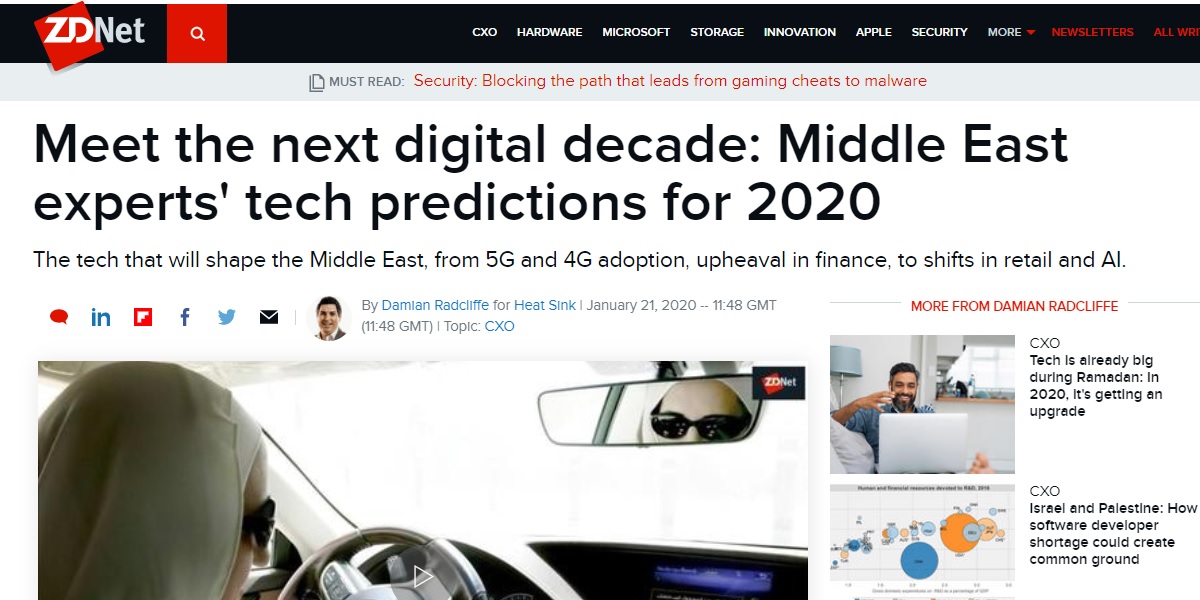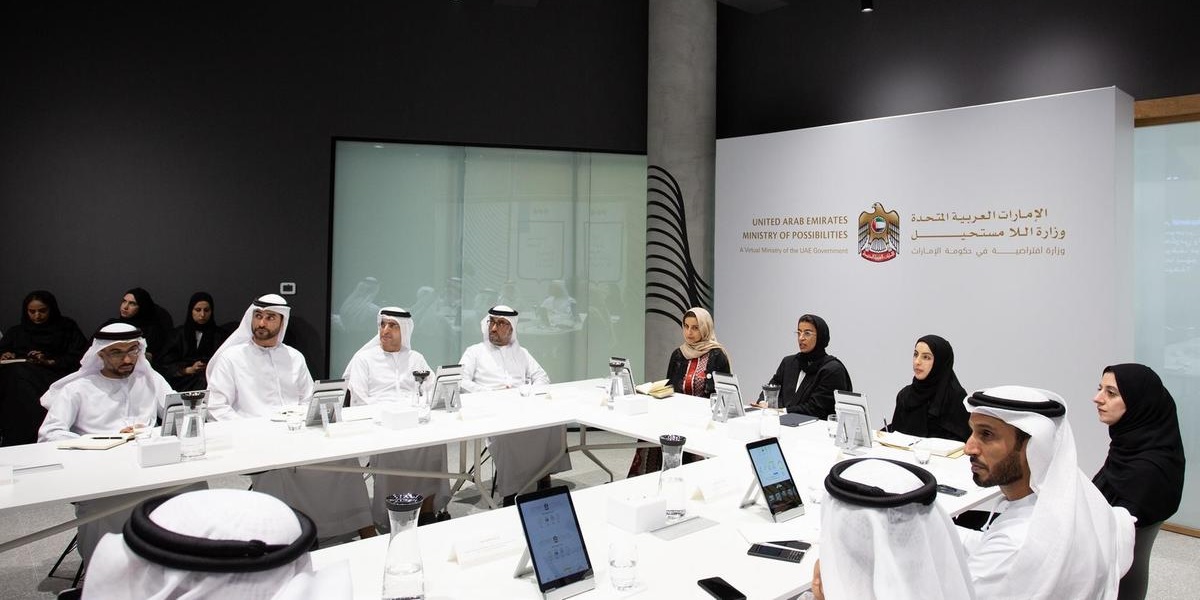Our AI first world is emerging standing on the shoulders of the mobile-first world, but it will also raise its own generation of AI natives
Google CEO Sundar Pichai called it a few years ago in a letter to company shareholders, when he said that we’re all moving from a mobile-first world to an AI first world. On the face of it, this seemed quite straightforward to understand. Businesses are seeing artificial intelligence become embedded into more and more processes, with software developers making it easier and easier for companies to leverage AI across their organisations. Meanwhile, consumers are already using a wide variety of applications that are supported by AI every day, drawing on Big Data, machine learning, computer vision and natural language processing (NLP).
However, Google’s corporate strategy is also a prediction of a new world to come and a fundamental shift in human behaviour. Our new AI first world isn’t simply a world where AI is embedded into all technology, nor just a way for organisations to improve performance and save money. Truly pervasive AI will mean that there will be few human actions where AI assistance is not available and for consumers, their first touch point for any brand will be AI. The early signs of this are clearly visible today.
Businesses are already trying to make our lives easier, whilst drawing in consumers to have deeper relationships with their brands, by using AI to provide consumers with more timely and appropriate interactions, prompted by personalised recommendations and communications. More often than not though, these AI supported communications are limited to certain channels.
AI is also being used more extensively to engage and converse with the consumer, exchanging information and providing feedback, 24/7. A recent survey of 450 customer service and support leaders worldwide by Gartner found that 37 percent are either piloting or using AI bots and virtual customer assistants (VCAs).
Gartner forecast that chatbots and VCAs will be used in 25 percent of customer service and support operations by 2020, although estimates today range from 23 percent to 80 percent. However, what is clear is that companies that have implemented chatbots are reporting reductions in customer calls, email and other enquiries, which Gartner says may be reduced by up to 70 percent of pre-AI volumes.
Crucially, Gartner also points out that AI will be a major force in shaping customer self-service. In the future, AI will empower customer-led approaches to service, where a customer’s preferred option may be i) do it myself, ii) let’s do it together iii) let my AI bot do it for me, or iv) let our AI bots do it together.
Today, when most consumers think about interacting with AI, they tend to think of a device or channel such as Amazon’s Alexa Echo, or Android’s Google Assistant or the Apple and Microsoft alternatives. More and more will have experience of chatting with AI bots via Facebook, Whatsapp or company websites, and an increasing number will talk to call centre AIs when contacting their bank, telecom or other service providers.
No doubt, virtual assistants are going to be instrumental in creating our new AI first world. However, these are destined to become a utility, embedded into almost every device, process and transaction imaginable. This means that whether you are watching TV, shopping at the mall or dining in a restaurant, your first point of contact with any brand could be conversational AI.
Every business, therefore, is going to be under increasing pressure to become an AI first business, and to do so at a speed that few today are prepared to even consider, even those in the midst of that very process. So, let’s take a step back and review the case of mobile-first marketing.
The phrase ‘mobile-first’ started to gain popularity about ten years ago. In fact, Luke Wroblewski’s book ‘Mobile First’ was published in 2009. This new approach to consumer marketing strategy was taken in response to the new generation of smartphones usage, which arguably began with Apple’s 2007 iPhone launch. Smartphones, social media and new location-specific services were driving demand for mobile broadband. And, in turn, marketing started to revolve around SoMoLo engagement (social, mobile and local).
As has often been the case, marketing technology lagged behind. Mobile marketing and services were prohibitively difficult manage and integrate with online marketing, CRM and in-store retail. Mobile marketing was, a first, limited to a few mobile channels and lacked integration with the rest of the marketing ecosystem, fragmenting customer journeys.
However, over the past five years we’ve seen mobile marketing become integrated. CRM systems, analytics, marketing managing platforms, advertising media placement, software deployment and payment transactions can now all be managed using integrated tools that allow more of a 360 degree view of the business. Brands recognise that consumers are using smartphones to do product research and browse options, even as they walk around their stores, and they now have the technology to offer and integrate mobile experiences with a wide variety of channels: whether they are paid, earned, shared or owned.
The swift rise of connected mobile devices forced marketers and martech developers to create integrated, cross-platform, omnichannel strategies and solutions that allow for a more seamless customer experience and give a business a 360 degree view of communications. This is important, since — as we’re seeing today — adding new channels into marketing management systems and CRM, such as AI chatbots, is no great hurdle to jump.
Just how integrated your mobile brand experience is, currently depends on where you live. China has the highest usage of mobile payments, with a mobile payment penetration rate of 35.2 percent. Alipay, WeChat Pay and other online payment apps are popular in almost all cities in China and this year an estimated half a billion Chinese will using their mobile devices to pay in brick-and-mortar stores, restaurants and other retail outlets.
Our future AI first world is obviously going to emerge standing on the shoulders of the mobile-first world.
Google launched its answer to Amazon Alexa in 2016 and, due to the widespread adoption of its Android mobile platform, was able to make the virtual assistant available in 80 countries and 30 languages within two years. Today, Google Assistant is available on more than 1 billion devices.
So, from an AI first communications point of view, businesses can already engage with consumers across a range of AI conversational interfaces, to include chatbots, voice assistants, call centres and email. What’s yet to be developed is the interoperability that allows a brand to chat with you via Facebook Messenger, then call you via an AI call centre and then, perhaps, greet you via an AI voice assistant when you walk into their showroom: all whilst seamlessly continuing the same thread of conversation.
Technology vendors such as Amazon, Google, IBM, Microsoft and Nuance Communications are all investing in the development of end-to-end conversational platforms that allow organisations to engage in complex conversations using the same conversation agent across multiple platforms.
It’s early days for end-to-end conversational platforms, but, for example, it is already possible to develop a virtual customer assistant using IBM’s artificial intelligence platform Watson, then use that VCA to communicate via Amazon Alexa or Google. If this is developed to integrate with IBM’s next-generation call center Voice Gateway, with a little help from a cloud communications platform like Twilio, the same technology can be used to make and receive voice calls, send SMS and converse with customers via Whatsapp.
The development of these multi-purpose conversational platforms will, ultimately, give organisations the ability to create, deploy and manage conversation agents anywhere the technology exists for a consumer to interact. Voice assistants are already starting to be used in automobiles, public transport, retail stores, museums, restaurants and many other scenarios. So, why not refrigerators, automatic doors, escalators and soda machines too?
All of this means that consumer expectations for AI first services are going to soar rapidly, putting pressure on businesses to not only cover the bases, but to innovate to create engaging customer experiences. To do this, organisations have a lot to learn very quickly. AI first communication requires technology, new knowledge and skills, customer experience and, of course, lots of data.
Unlike previous waves of technology that have required users to learn about how the technology works in some detail in order to derive value from it, conversational AI makes it easy for consumers to engage and benefit from an almost infinite variety of AI supported services without ever reading a manual.
Consumer adoption is going to be fast and, as people grow weary of mobile HTML pages and typing data requests, so they going to be more open to innovative new AI voice experiences. AI voice communication will simply become the path of least resistance.
In fact, as the next generation of consumers come online, they will be growing up with AI first services. Our latest Generation Zs and their successors will grow up ‘AI natives’, with their own needs, preferences, behaviours and habits developing in tune with the new AI first world. The only respite for businesses today is that for the next ten years most of their customers will, at least, remember how to deal with them without help from artificial intelligence.
This story first appeared on My AI Brand (Medium)






